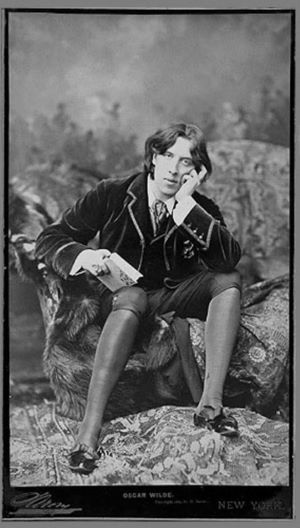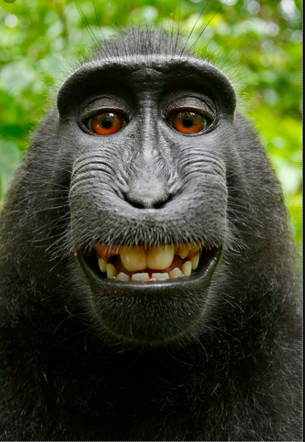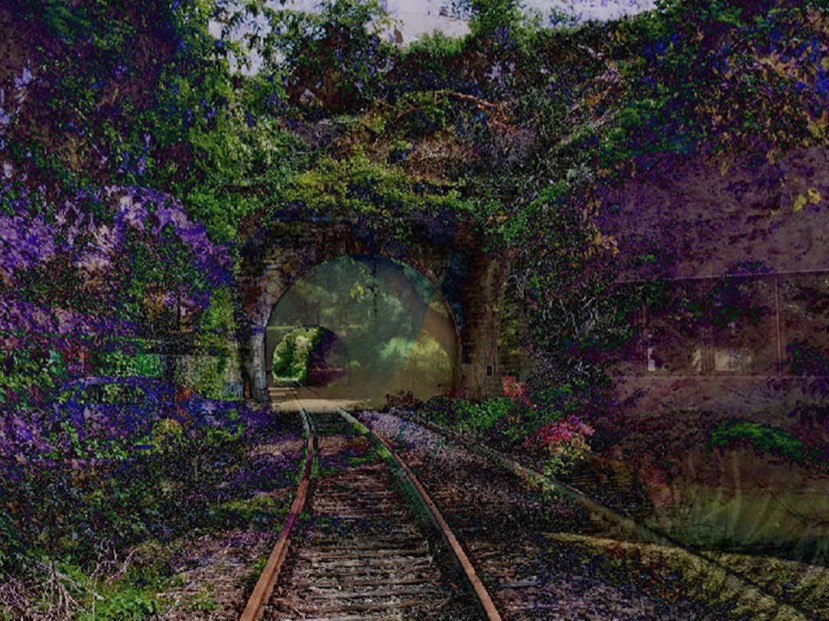The U.S. Copyright Office has weighed in with formal guidance on the copyrightability of works whose generation included the use of artificial intelligence (AI) tools. The good news for technology-oriented human creative types: using AI doesn’t automatically disqualify your work from copyright protection. The bad news for independent-minded AI’s: you still don’t qualify for copyright protection in the United States.
On March 16, 2023, the Copyright Office issued a statement of policy (“Policy”) to clarify its practices for examining and registering works that contain material generated by the use of AI and how copyright law’s human authorship requirements will be applied when AI was used. This Policy is not itself legally binding or a guarantee of a particular outcome, but many copyright applicants may breathe a sigh of relief that the Copyright Office has formally embraced AI-assisted human creativity.
The Policy is just the latest step in an ongoing debate over the copyrightability of machine-assisted products of human creativity. Nearly 150 years ago, the Supreme Court ruled at photographs are copyrightable. See Burrow-Giles Lithographic Company v. Sarony, 111 U.S. 53 (1884). The case involved a photographer’s claim against a lithographer for 85,000 unauthorized copies of a photograph of Oscar Wilde. The photo, Sarony’s “Oscar Wilde No. 18,” is shown below:

The argument against copyright protection was that a photograph is “a reproduction, on paper, of the exact features of some natural object or of some person” and is therefore not a product of human creativity. Id. at 56. The Supreme Court disagreed, ruling that there was sufficient human creativity involved in making the photo, including posing the subject, evoking the desired expression, arranging the clothing and setting, and managing the lighting.
In the mid-1960’s, the Copyright Office rejected a musical composition, Push Button Bertha, that was created by a computer, reasoning that it lacked the “traditional elements of authorship” as they were not created by a human.
In 2018, the U.S. Court of Appeals for the Ninth Circuit ruled that Naruto, a crested macaque (represented by a group of friendly humans), lacked standing under the Copyright Act to hold a copyright in the “monkey selfie” case. See Naruto v. Slater, 888 F.3d 418 (9th Cir. 2018). The “monkey selfie” is below:

In February 2022, the Copyright Office rejected a registration (filed by interested humans) for a visual image titled “A Recent Entrance to Paradise,” generated by DABUS, the AI whose claimed fractal-based inventions are the subject of patent applications around the world. DABUS’ image is below:

Litigation over this rejected application remains pending.
And last month, the Copyright Office ruled that a graphic novel consisting of human-authored text and images generated using the AI tool Midjourney could, as a whole, be copyrighted, but that the images, standing alone, could not. See U.S. Copyright Office, Cancellation Decision re: Zarya of the Dawn (VAu001480196) at 2 (Feb. 21, 2023).
The Copyright Office’s issuing the Policy was necessitated by the rapid and remarkable improvements in generative AI tools over even the past several months. In December 2022, generative AI tool Dall-E generated the following images in response to nothing more than the prompt, “portrait of a musician with a hat in the style of Rembrandt”:
If these were human-generated paintings, or even photographs, there is no doubt that they would be copyrightable. But given that all four images were generated in mere seconds, with a single, general prompt from a human user, do they meet the Copyright Office’s criteria for copyrightability? The answer, now, is a clear “no” under the Policy.
However, the Policy opens the door to registering AI-assisted human creativity. The toggle points will be:
“…whether the ‘work’ is basically one of human authorship, with the computer [or other device] merely being an assisting instrument, or whether the traditional elements of authorship in the work (literary, artistic, or musical expression or elements of selection, arrangement, etc.) were actually conceived and executed not by man but by a machine.”
In the case of works containing AI-generated material, the Office will consider whether the AI contributions are the result of “mechanical reproduction” or instead of an author’s “own original mental conception, to which [the author] gave visible form.”
The answer will depend on the circumstances, particularly how the AI tool operates and how it was used to create the final work. This will necessarily be a case-by-case inquiry.”
See Policy (citations omitted).
Machine-produced authorship alone will continue not to be registerable in the United States, but human selection and arrangement of AI-produced content could lead to a different result according to the Policy. The Policy provides select examples to help guide registrants, who are encouraged to study them carefully. The Policy, combined with near future determinations by the Copyright Office, will be critical to watch in terms of increasing likelihood a registration application will be granted as the Copyright Office continues to assess the impacts of new technology on the creative process. AI tools should not all be viewed as the “same” or fungible. The type of AI and how it is used will be specifically considered by the Copyright Office.
In the short term, the Policy provides some practical guidance to applicants on how to describe the role of AI in a new copyright application, as well as how to amend a prior application in that regard if needed. While some may view the Policy as “new” ground for the Copyright Office, it is consistent with the Copyright Office’s long-standing efforts to protect the fruits of human creativity even if the backdrop (AI technologies) may be “new.”
As a closing note, it bears observing that copyright law in the United Kingdom does permit limited copyright protection for computer-generated works – and has done so since 1988. Even under the U.K. law, substantial questions remain; the author of a computer-generated work is considered to be “the person by whom the arrangements necessary for the creation of the work are undertaken.” See Copyright, Designs and Patents Act (1988) §§ 9(3), 12(7) and 178. In the case of images generated by a consumer’s interaction with a generative AI tool, would that be the consumer or the generative AI provider?





 />i
/>i

